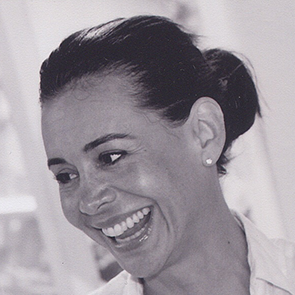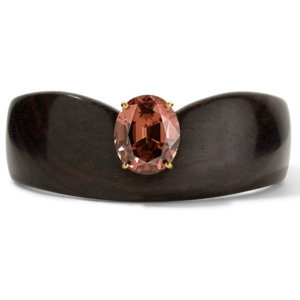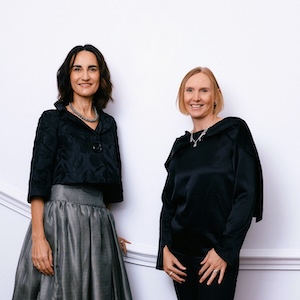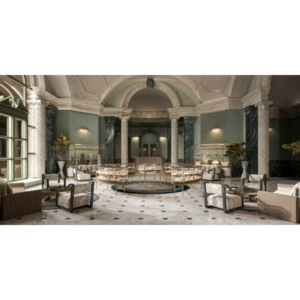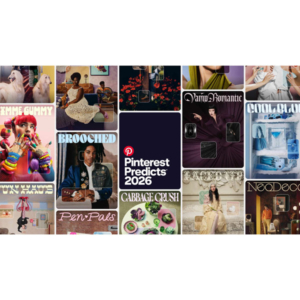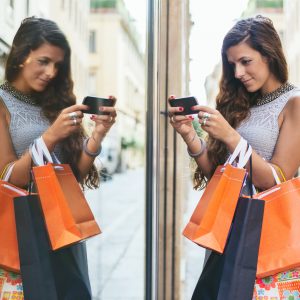
COVID-19 appears to have had a positive effect on jewelry sales, with 30% of consumers in a recent poll reporting they purchased more jewelry during the pandemic, according to a study from the supplier group the Plumb Club.
“The pendulum definitely swung from experiential to material purchases,” says Plumb Club executive director Lawrence Hess. “My personal opinion is, the industry is in a much better place than where it was pre-pandemic.”
The survey, entitled “The Plumb Club Industry & Market Insights 2021,” also found that 49% of consumers bought as much jewelry as they always did, while 21% purchased less.
Because many brick-and-mortar stores were closed for months, 72% of consumers said they bought jewelry online, and a surprising 39% said spending so much time at home inspired them to buy more jewelry. One reason for the uptick: When folks worked from home and participated in virtual meetings, 41% wanted to wear jewelry that could be seen on-screen.
“The pandemic accelerated the trend toward digital like crazy,” says Plumb Club marketing director Michael O’Connor. “People had no other option but to shop online.”
Still, the poll also found that, all things being equal, nearly two-thirds of respondents—63%—prefer to purchase jewelry in-store, with 25% calling out independent jewelers specifically. Only 28% preferred to purchase online.
Even so, a retailer’s website remains the number one influencer driving purchases, the survey found, cited by 33% of respondents. “Family and friends” was ranked as the second biggest influencer, chosen by 30%, and social media advertising was ranked third, with 14%.
“The big takeaway for me is retailers need to get their website in order, and they need to get their social media in order,” O’Connor says.
The survey also found that the average price of a jewelry purchase was $1,207, higher than in past years. In addition, 57% of those surveyed said the availability of financing would influence their decision to purchase—which Hess calls one of the survey’s most surprising findings.
As for what consumers were looking for in jewelry items, 31% said quality, 23% mentioned design, and 17% mentioned uniqueness. Price came in fourth, at 16%.
“People are buying quality,” says Hess. “There’s been a change in the consumer as to what means something. Facing mortality changes people’s psyches. Consumers were looking for meaningful items.”
As to why they purchased jewelry, 48% of respondents said it was for a special occasion, 23% said there was “no reason needed,” 12% did it as a personal reward, 8% bought when they saw similar items on celebrities or in magazines, and 8% purchased after seeing similar items on friends.
In addition, 72% of respondents said they’d be willing to pay more for a piece that was sustainably sourced, and 26% answered they’d pay “a great deal” more for such a piece.
“The jewelry industry feels like it’s a cocoon and [sustainability and social responsibility] doesn’t matter,” Hess says. “But it does matter to the consumer, and they are willing to put money behind it. It’s not just lip service.”
Some 65% of consumers reported they typically wear jewelry at home. A surprising 44% said that lockdown did not alter how often they wore jewelry, with 23% telling the pollster that they actually wore it more. Only 33% said they wore jewelry less often.
As for what exactly consumers were wearing at home, 39% said they mostly wore rings. However, 62% of consumers said they purchased necklaces and earrings to spiff up their online and virtual image.
The study was commissioned by the Plumb Club and conducted by Paola DeLuca, founder of the Futurist, and the data firm Qualtrics. It surveyed 1,049 men and women, ages 25–60, with a focus on 10 U.S. markets. All respondents had attended some college or higher and had a combined household income of at least $75,000.
Additional reporting by Rob Bates
(Photo: Getty)
- Subscribe to the JCK News Daily
- Subscribe to the JCK Special Report
- Follow JCK on Instagram: @jckmagazine
- Follow JCK on X: @jckmagazine
- Follow JCK on Facebook: @jckmagazine
